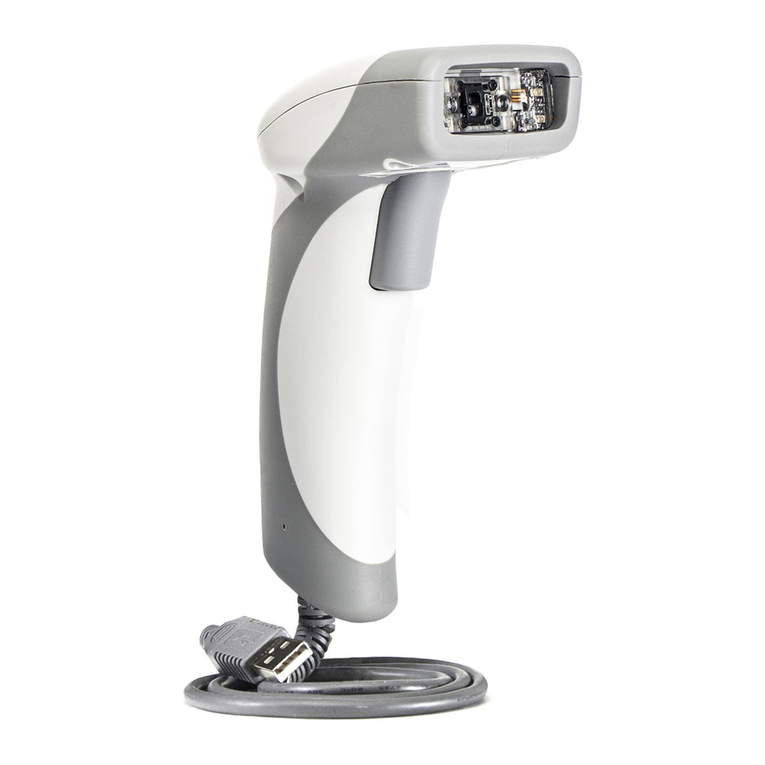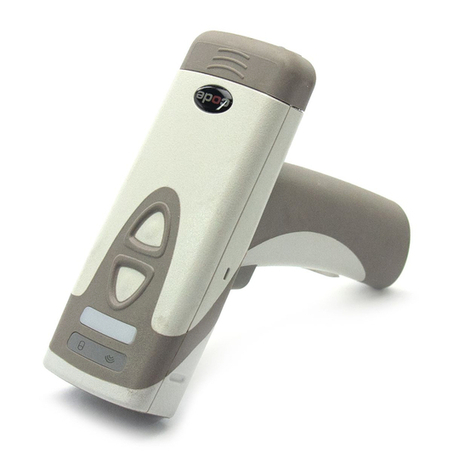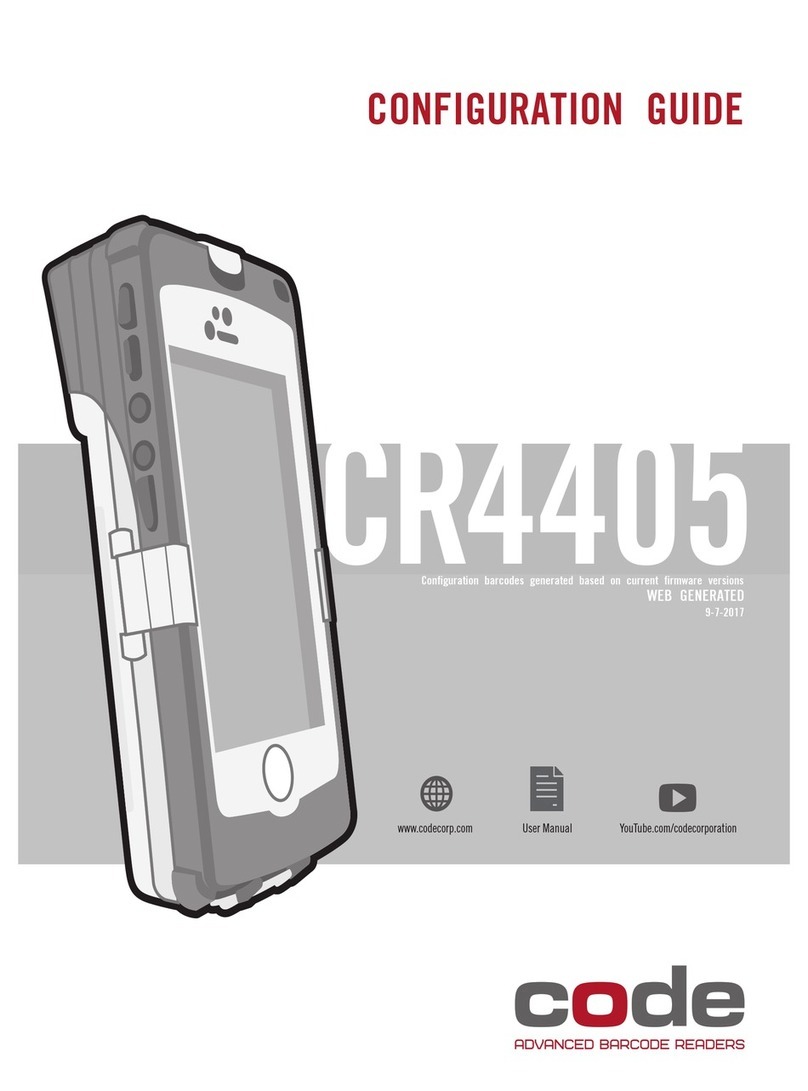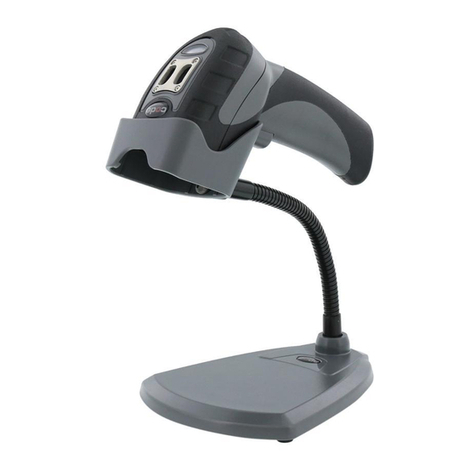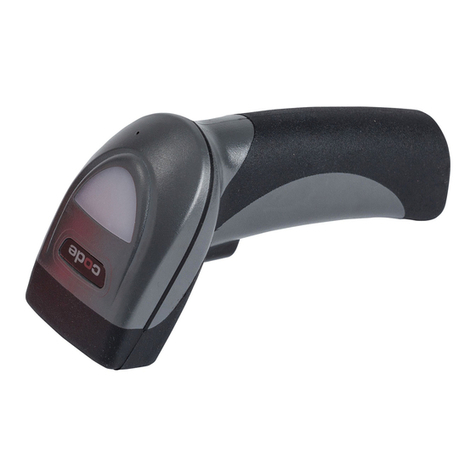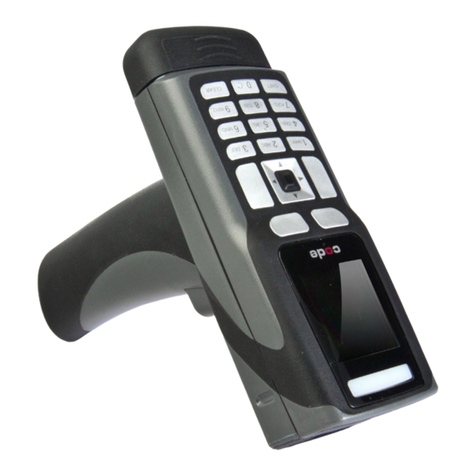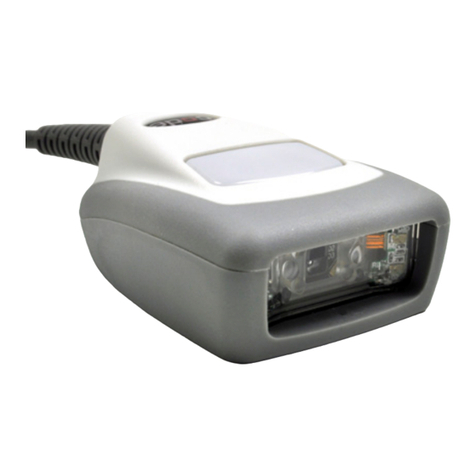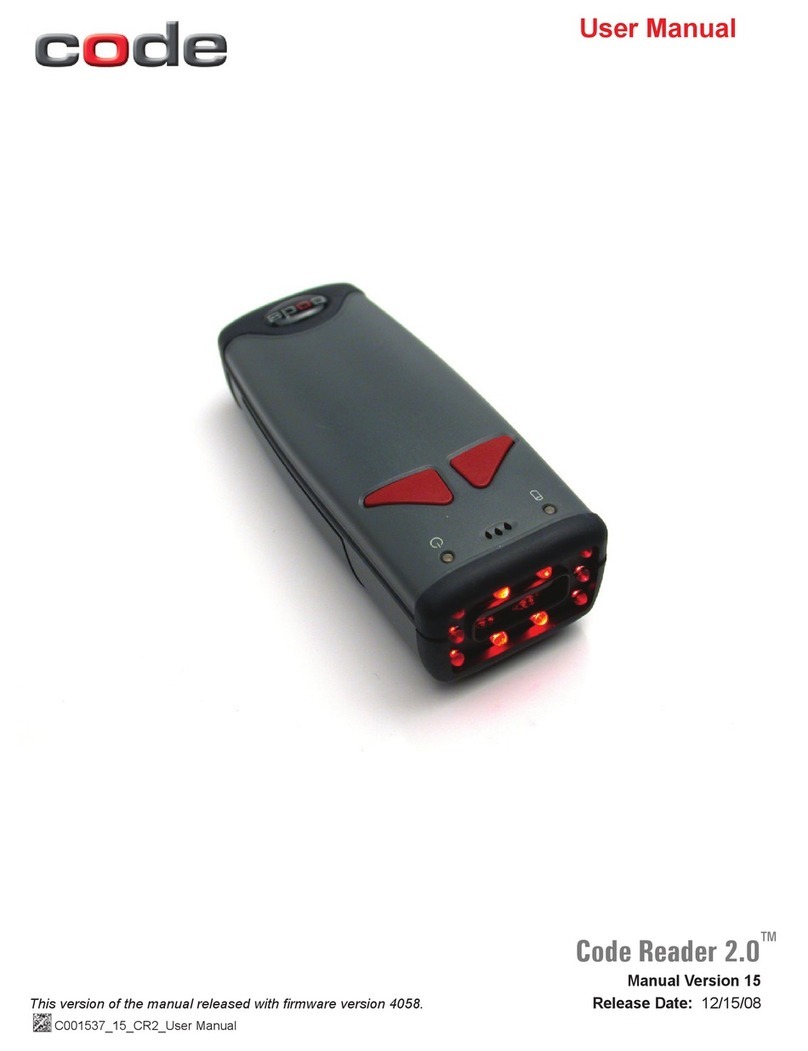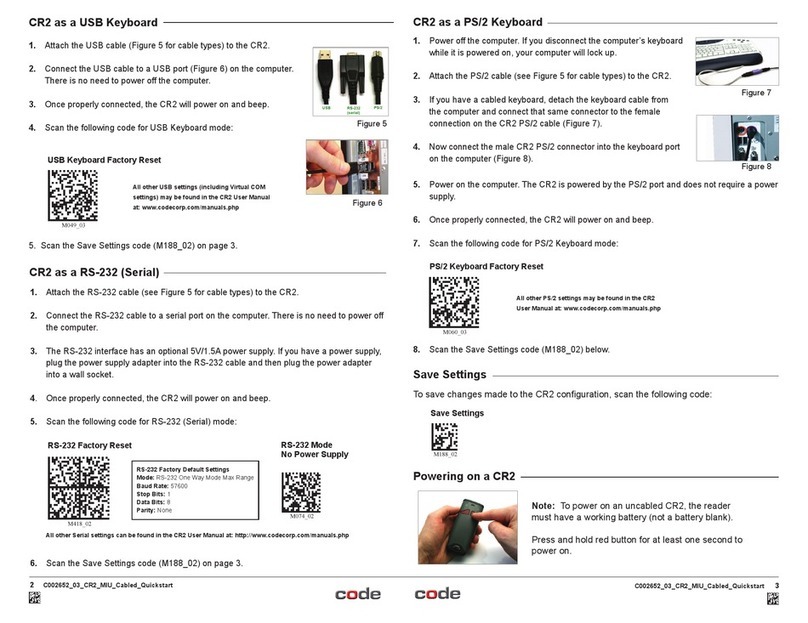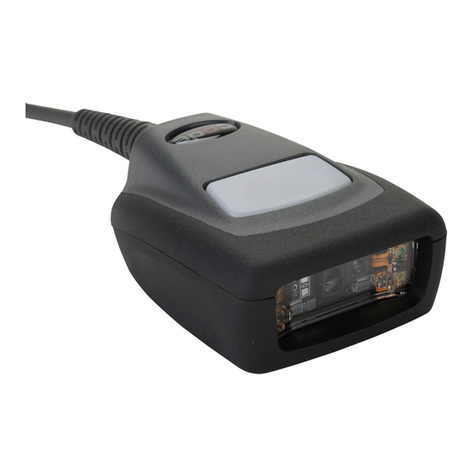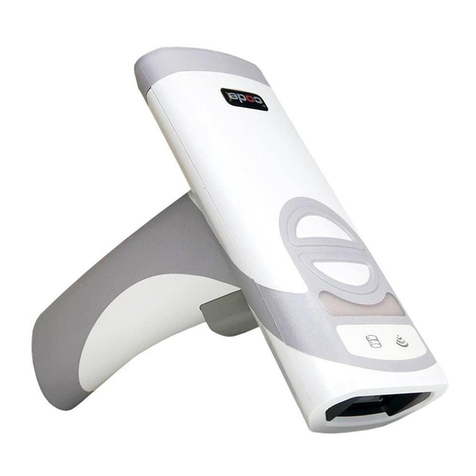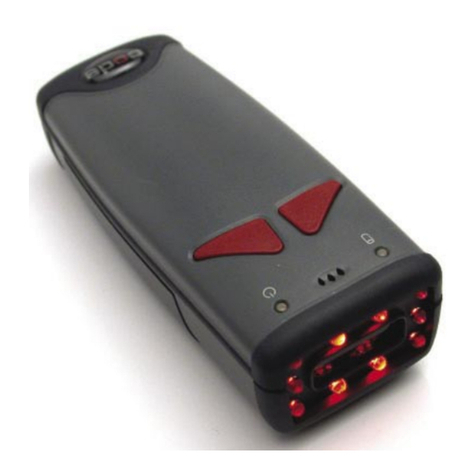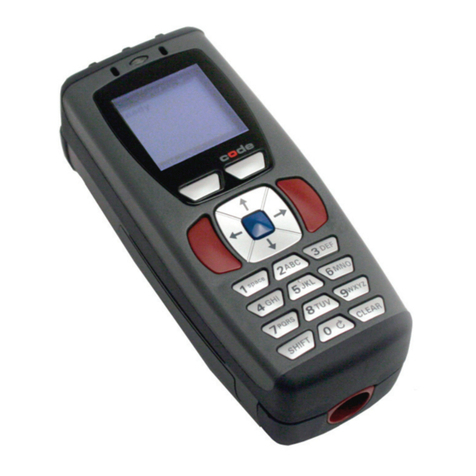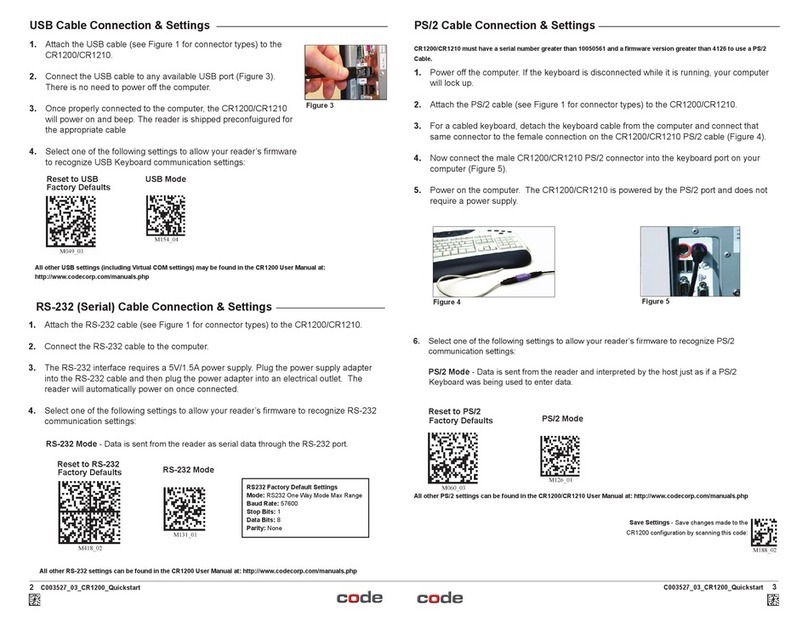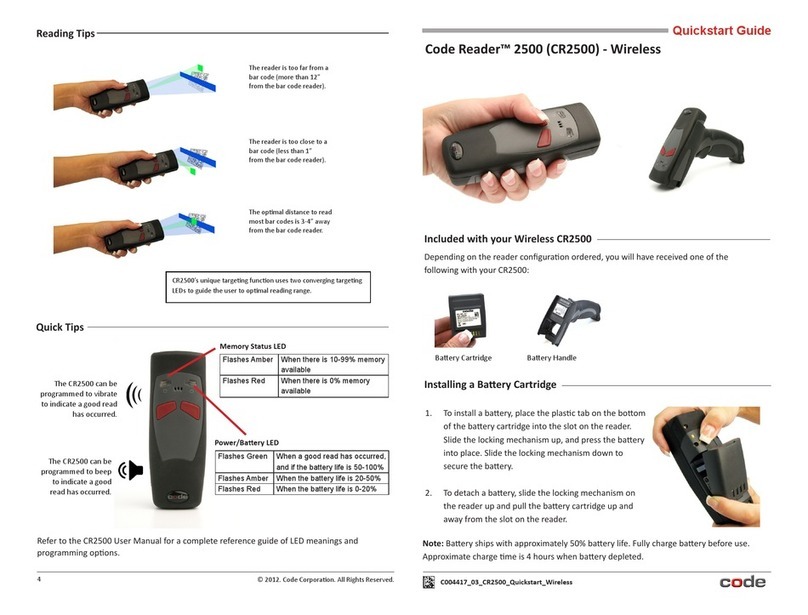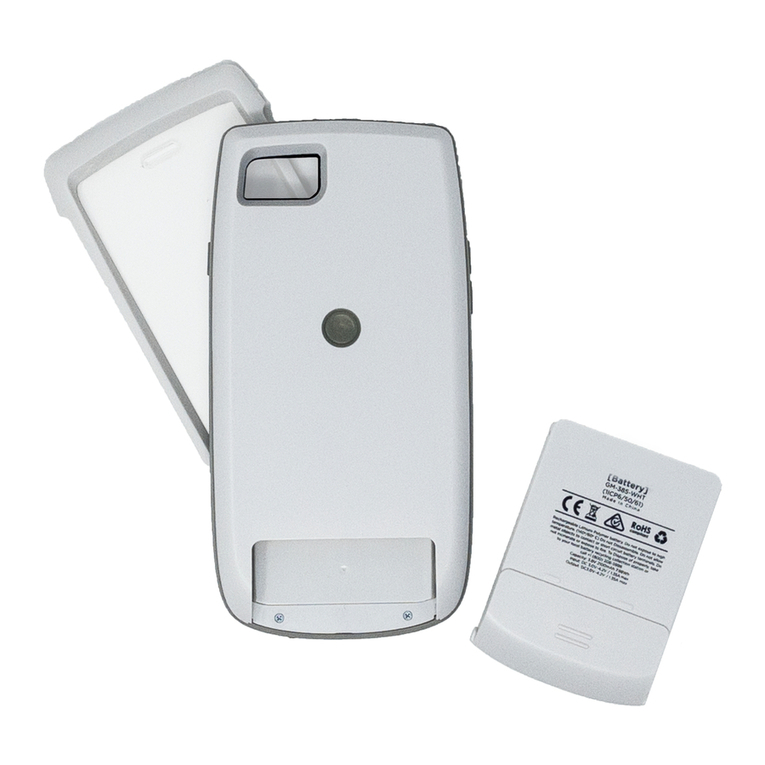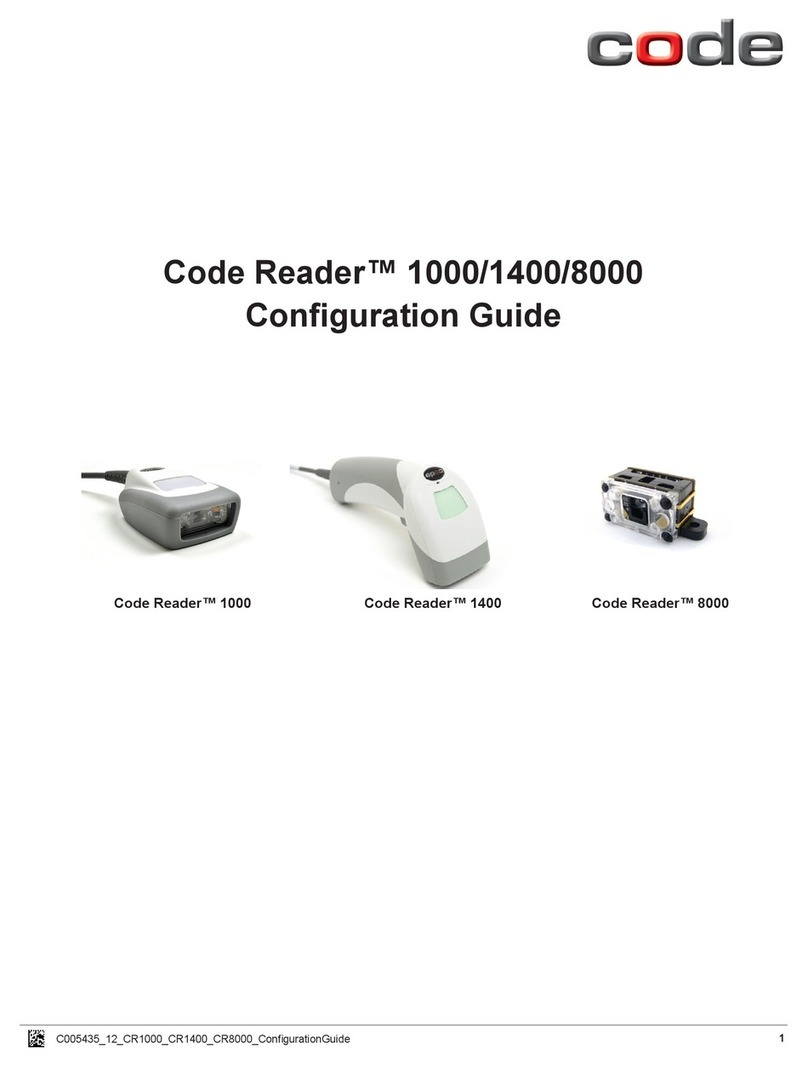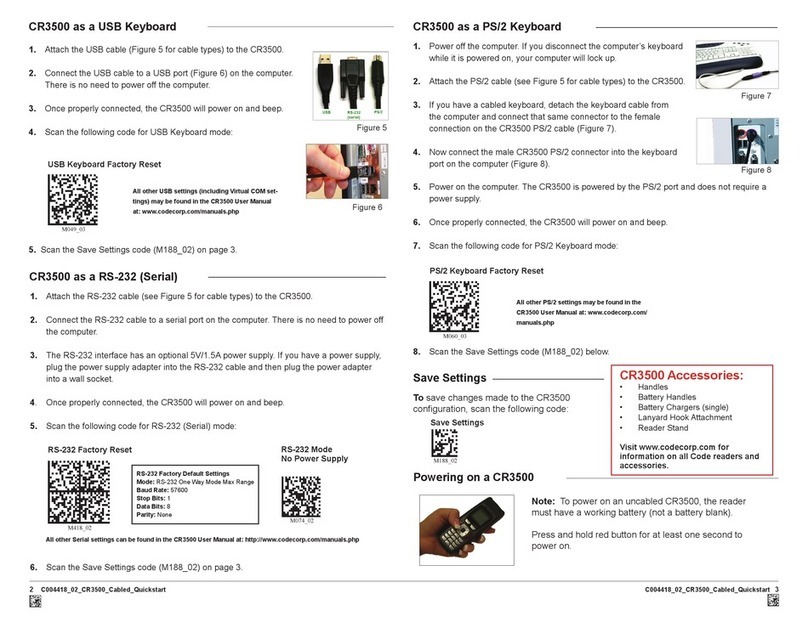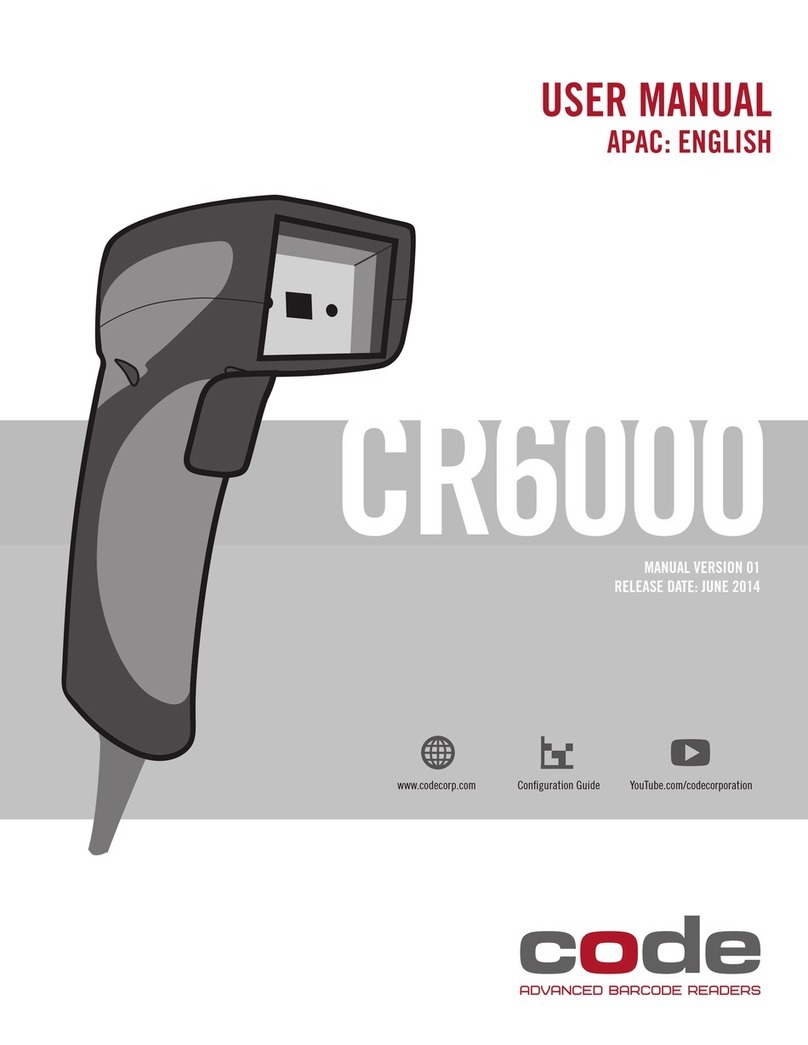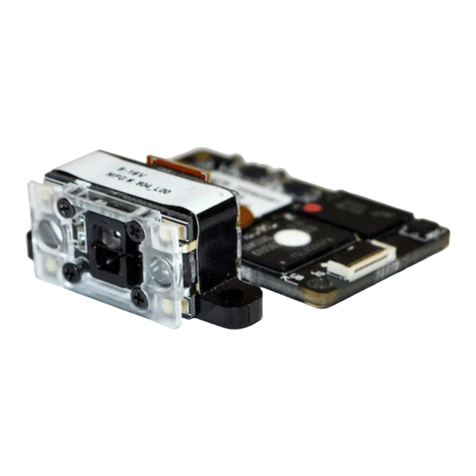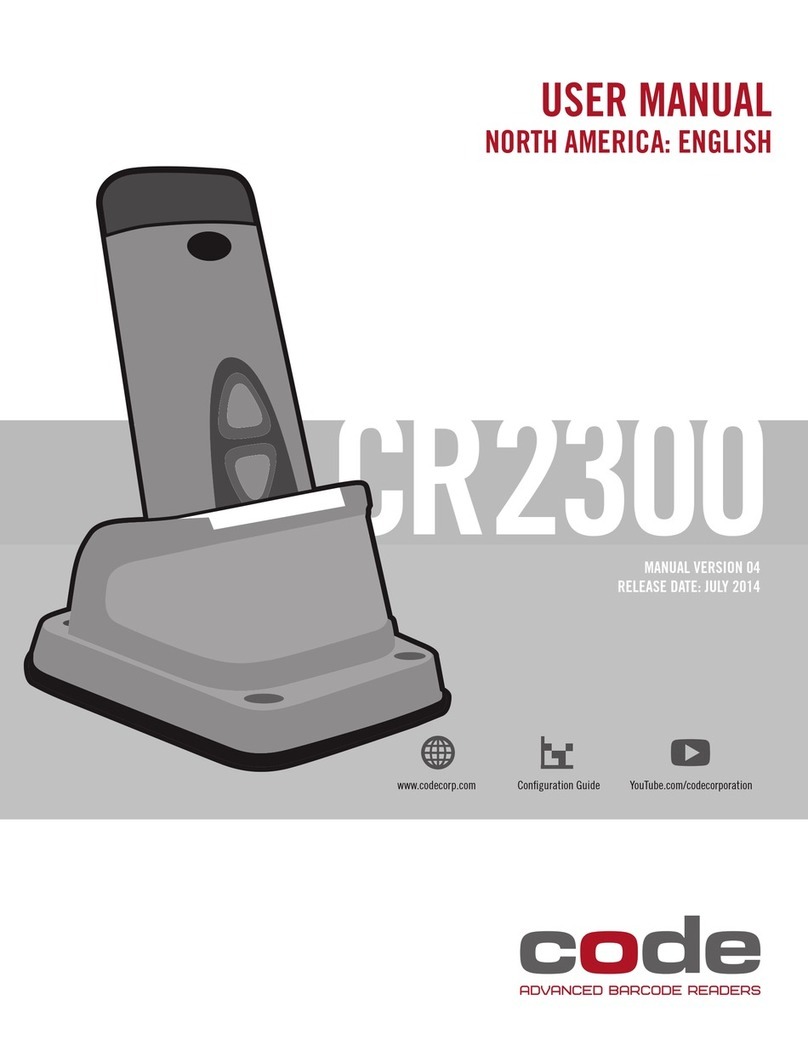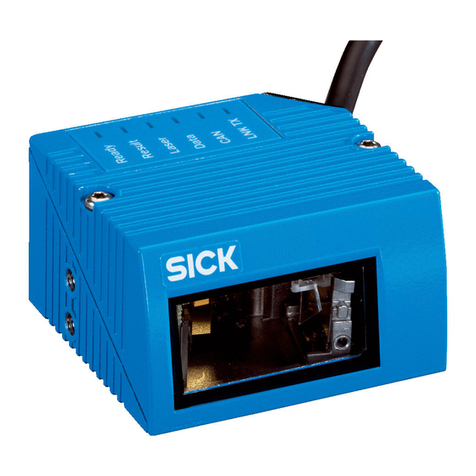
3
D027173_07 CR821X Dual Board Decoded Scan Engine Integration Guide
Table of Contents
1 – CR821x Introduction........................................................... 4
1.1 – Product Overview ..................................................... 4
1.2 – SKU Descriptions..................................................... 4
2 – Mechanical Specifications ................................................... 5
2.1 – Decoded Scan Engine with Mounting
Bracket Components ................................................ 5
2.2 – Imager without Mounting Tab Components ................. 5
2.3 – Imager with Mounting Tab Components...................... 5
2.4 – Imager without Mounting Tab
Mechanical Specifications......................................... 6
2.5 – Imager with Mounting Tab
Mechanical Specifications......................................... 7
2.6 – Decode PCB Mechanical Specifications...................... 8
2.7 – Daughter PCB Mechanical Specifications ................... 8
2.8 – Decoded Scan Engine with Bracket Specifications....... 9
2.9 – Enclosure Specifications........................................... 10
3 – Optical Considerations......................................................... 11
3.1 – Window Requirements .............................................. 11
3.2 – Imager Field of View................................................. 12
4 – Electrical Specifications ...................................................... 13
4.1 – System Requirements............................................... 13
4.2 – Electrical System Block Diagram ............................... 13
4.3 – Host Interface Pinouts (CR8212 RS232) ................... 14
4.4 – Host Interface Pinouts (CR8211 USB)....................... 14
4.5 – Electrical Control Signals.......................................... 15
4.6 – Power Modes ........................................................... 15
4.7 – Power On (Boot) Timing Diagram ............................... 16
4.8 – Power Down Timing Diagram ..................................... 17
4.9 – Sleep to Wakeup Timing Diagram............................... 17
4.10 – Image Capture and Timing Diagram ......................... 18
4.11 – Flex Cable Diagram (Imager Board to Decoder
Board on All Models) .............................................. 18
4.12 – Ribbon Cable Diagram (Decode board to Host
Interface) .............................................................. 19
4.13 – Electrical Characteristics
(DC) – Absolute Ratings (Min and Max) .................... 20
4.14 – Electrical Characteristics
(DC) – Operating Conditions .................................... 20
4.15 – Decode PCB to Scan Engine PCB Connector............. 21
5 – General Specifications ......................................................... 22
6 – Reading Range Specifications .............................................. 23
7 – Warranty ............................................................................ 24
8 – APPENDIX A: CR8000 Development Kit User Guide............... 25
8.1 – Development Board .................................................. 25
8.2 – Development Board Connections ............................... 26
8.3 – Development Board Jumpers ..................................... 27
8.4 – Development Board Fuses......................................... 28
9 – APPENDIX B: CR8200 Development Board ........................... 29
9.1 – Interface ................................................................. 30
9.2 – Power System .......................................................... 31
9.3 – Power Measurements................................................ 32
9.4 – Trigger/Wake Up Switches ......................................... 33
9.5 – Indicators................................................................ 33
9.6 – Development Board Jumpers ..................................... 34
